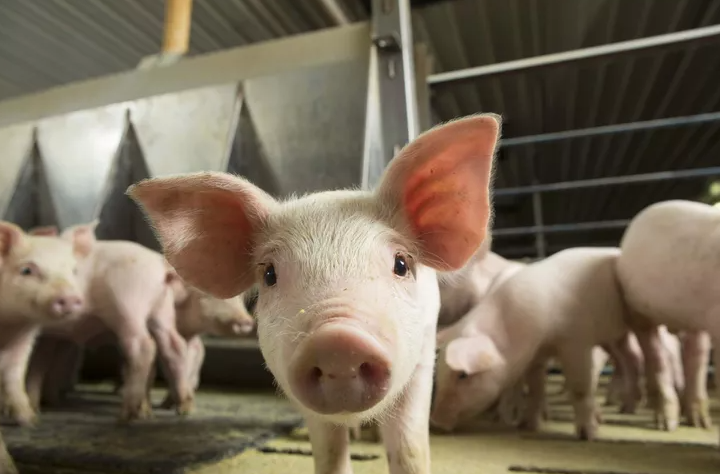The success of the commercial use of gene-edited pigs will depend on the pork industry's ability to communicate and be transparent about the technology to consumers and the marketplace, says Randy Riley, president of GoldenSun Insights, a fresh produce consulting company focused on developing compelling strategies to elevate their clients' products and services beyond commodities to value-added positioning.
Gene-editing technology has existed in agricultural sectors for decades, from produce to field crops. However, most consumers are skeptical of Crispr, a gene-editing technology, especially in food production, adds Riley.
"Consumers express their concern over the alteration of products they consume, particularly in the fresh fruit and vegetable space. The worry stems from the perceived changes made to the items they are ingesting, which prompts a sense of unease about potential effects on their health and well-being," he says.
Riley’s consultancy delivers in all aspects of the produce supply chain, from strategy to business development to brand marketing and management and everything in between.
"In the fresh produce space, new varieties and unique flavor and eating experiences are at the top of the priority meter in terms of why consumers shop or pick certain items at certain locations," he adds.
Riley believes the pork industry could use the successes that the produce industry has seen with gene-editing to gain consumer support. First, the industry must do two things for consumers: establish a need and be transparent about the product.
Recently, Acceligen, a precision breeding and genetic innovator, has developed a new breed of pigs naturally resistant to Porcine Reproductive and Respiratory Syndrome (PRRS), which could be available commercially for farmers in the near future.
"The lesson here is — if pork is going to go down this road, how do you solve those two things for the consumer?" he says.
In 2017, the Arctic Apple — a genetically modified Golden Delicious — hit supermarkets, and it was revolutionary in gaining approval and entry into the marketplace.
"The benefit of that gene-editing was that it was non-browning," he says. “It has solved a need for a consumer, and the industry intended to be super transparent with everybody on it and gained approval for it.”
Mike Paustian, an Iowa Pork producer and scientist, believes the pork industry can learn from the missed opportunity genetically engineered the corn, soybean, and cotton industries had with transparency to consumers.
"One mistake in hindsight that was made with GMOs is we talked about the benefits to the producers," he says. "Producers rapidly adopted the technology because they could see the benefit and the value it added to their operation. We need to go beyond that for gene-editing pigs."
A new breed of disease resistant, especially for PRRS could be another genetic tool that would not only improve pig livability, but also make pork farmers profitable.
"The consumer doesn't care about that at all," Paustian adds. "One of the things consumers care about is antibiotic usage in livestock."
When pork producers and the industry talk about the benefits of this technology to consumers and legislators, the conversation should be straightforward on how this technology solves concerns about livestock welfare.
"If we're going to talk about a disease-resistant pig with consumers, we need to talk about how that fits in and solves one of their concerns," Paustian says. "So instead of talking about how that pig will make producers more profitable, we can talk about how disease-resistant pigs will require fewer antibiotics."
Besides consumers, gene editing also must overcome regulatory hurdles.
"The regulatory environment is the No.1 obstacle for any genetic engineering product to make it. Congress holds the power to kill those on the table or allow those to go to market," says Evan Grusenmeyer, graduate research assistant at the University of Missouri.
In addition, the U.S. Food and Drug Administration (FDA) recently authorized the investigational use of bratwurst sausages from five gene-edited pigs, available for human consumption as part of research being done by Washington State University. The pigs were originally edited to help researchers study fertility and genetics.
"As a producer, I'm looking at gene editing as another tool in our toolbox. Maybe it'll solve an important concern of consumers," says Paustian. "This doesn't mean everybody's going to have to use it or everybody's going to want to use it, but it'd be nice if it was available to solve a particular problem."
To learn about gene-editing in the pork industry visit:
PigUA.info by materials agriculture.com




